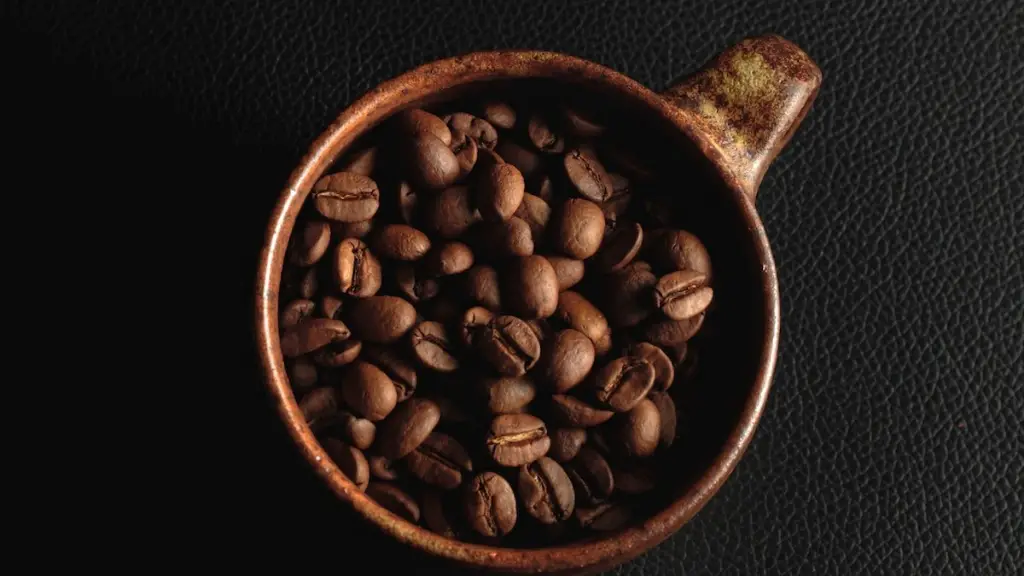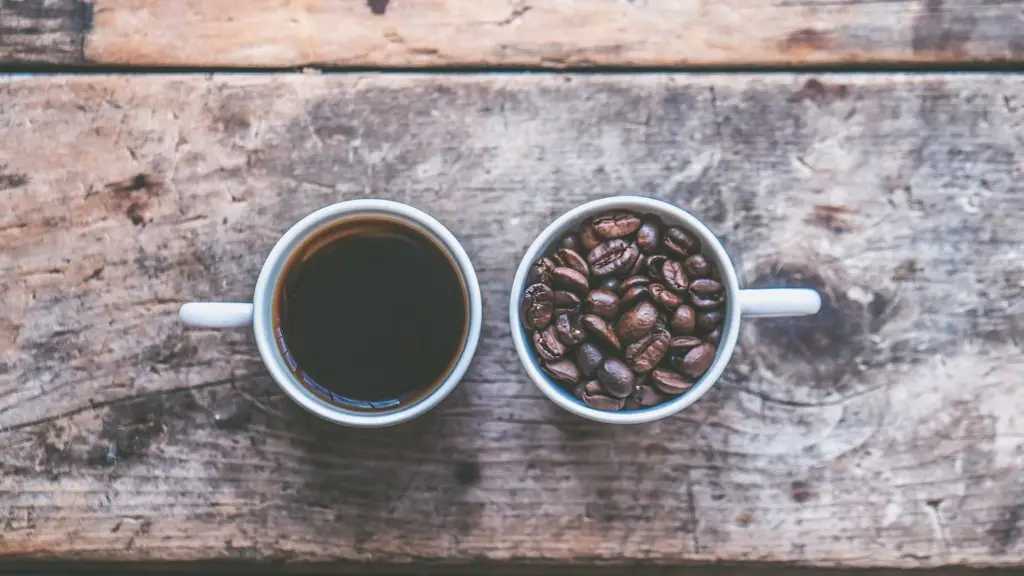Coffee Consumption by Age Group
Coffee is the most widely consumed beverage around the world, and the statistics prove it. According to a 2018 survey by the National Coffee Association, 64% of Americans say they drink at least one cup of coffee every day, with 80% drinking it in the past week. Consumption of coffee is highest amongst 18-24 year olds, with 76% of drinkers in this age group enjoying one or more cups in the past week. People aged 25-39 followed closely, with 73% of them drinking coffee in the same period. Those in the age group of 40-59 years consumed coffee at a rate of 64%. Lastly, people aged 60+ years drank it at a rate of 52%.
Some experts believe that this high consumption of coffee by younger people is because of the influence of the global coffee culture. This may be due to the increasing availability of specialty coffee drinks and cafes, or the peer pressure to meet up at coffee shops. Whatever the reason, it is undoubtedly true that coffee consumption is on the rise among young people.
On the other hand, some researchers think that the high consumption of coffee by young people is due to its mass appeal. Coffee is now being marketed as an aspirational product, with numerous types to choose from. As a result, young people are more likely to consume coffee, due to its strong presence in the media and advertising in recent times.
It is clear that coffee is popular among the younger population, but it is equally clear that older people are also drinking coffee. Coffee consumption is much higher amongst the all age groups. This rise can be attributed to its wide range of flavors, which offer much more choice than in the past. Coffee is no longer just an energizing drink; it’s now also becoming a way to relax, socialize, and indulge.
Consumption Differences by Country
Not all countries consume coffee at the same rate. The average coffee consumption per person, per year is highest in Finland, with 12.5 kilos consumed annually on average. Sweden follows, with an average of 11.4 kilos, and the Netherlands with 9.2 kilos consumed. The United States falls slightly behind, with 8.2 kilos consumed per person, per year.
The figures tell us that the European population, in general, drinks more coffee than Americans. This is likely due to the fact that coffee has traditionally been a popular beverage across Europe, due to its strong presence in cafes and restaurants. It is also popular in the workplace, with most companies providing a coffee machine for their employees. In the United States, however, coffee often seems to be an afterthought, with many people still relying on instant coffee.
This regional difference in coffee consumption is also reflected in the amount of money spent on coffee. In the United States, coffee drinkers pay an average of $2 per cup, compared to $4.50 per cup in the United Kingdom, and $9 per cup in Italy. It is therefore clear that the cost of coffee has a significant effect on how much coffee is consumed. Despite this, coffee remains the most popular beverage in the world and is consumed in considerable amounts regardless of its cost.
Environmental Impact of Coffee
Coffee production has a significant environmental impact. The coffee industry is responsible for approximately 2.6% of global carbon dioxide emissions and is the second-largest contributor to global warming behind aircraft emissions. Coffee production also consumes a lot of water, with nearly 70 billion liters of water used every year to produce coffee alone.
In order to reduce the environmental impact of the coffee industry, some companies are looking to use more sustainable practices. This includes using recycled and biodegradable materials in their packaging, as well as using renewable energy sources such as solar and wind power to fuel their operations. These efforts are helping to reduce the environmental impact of the coffee industry and bring us closer to a sustainable future.
It is also important for consumers to be aware of the environmental impact of their coffee consumption. Whenever possible, purchasing organic or fair-trade coffee can help to reduce the environmental impact of the coffee industry. Moreover, if you are able, opting for reusable coffee cups instead of disposable ones is a great way to reduce waste and cut down on the amount of energy needed to produce disposable cups.
Coffee and Your Health
Although coffee has been linked to numerous health benefits, such as a reduced risk of certain types of cancer and a lower risk of type 2 diabetes, it can also have harmful effects on your health. As with most things, moderation is key: excessive consumption of coffee can lead to higher levels of stress and insomnia, as well as increased risk of heart disease.
In general, the health benefits of coffee depend on how you drink it. For instance, adding cream and sugar to your coffee will make it much less healthy than if you had it black. Moreover, if you suffer from high blood pressure, too much of a jolt of caffeine can make your condition worse. Therefore, if you are someone who is prone to high blood pressure, it is important to be aware of the amount of caffeine you are consuming.
With that being said, coffee can also offer many health benefits when consumed in moderation. Regular consumption of coffee has been linked to reduced risk of stroke and type 2 diabetes, as well as improved mood and mental alertness. The key is to be conscious of your consumption and to listen to your body to make sure you are not overdoing it.
Coffee and Your Wallet
One potential downside of coffee consumption is the effect it can have on your wallet. Although it can seem like an affordable habit – especially if you make your own coffee at home – the costs can add up quickly, especially if you are buying from a café. For instance, a regular latte from a well-known café is typically around $4 or more. When consumed multiple times a day, this can quickly become expensive.
Fortunately, there are ways of cutting down on coffee costs. One way to do this is to invest in a reusable coffee cup and get a discount on your coffee purchases. Another way to save money is to buy coffee beans in bulk and make your own coffee at home. This can significantly reduce your coffee costs and is a great way to enjoy your favorite beverage without blowing your budget.
Conclusion
Coffee is one of the most popular beverages in the world, and its popularity shows no signs of slowing down anytime soon. With its wide range of flavors, it is no surprise that coffee is so widely consumed by people of all ages. However, it is important to be aware of the potential health risks of overconsuming coffee and to be mindful of its environmental impact.
Coffee can also be expensive, so it is important to find ways to reduce the costs. Investing in a reusable coffee cup, buying coffee beans in bulk, and cutting down on café visits can help to reduce your coffee costs. However you choose to consume your coffee, all that matters is that you enjoy it!




